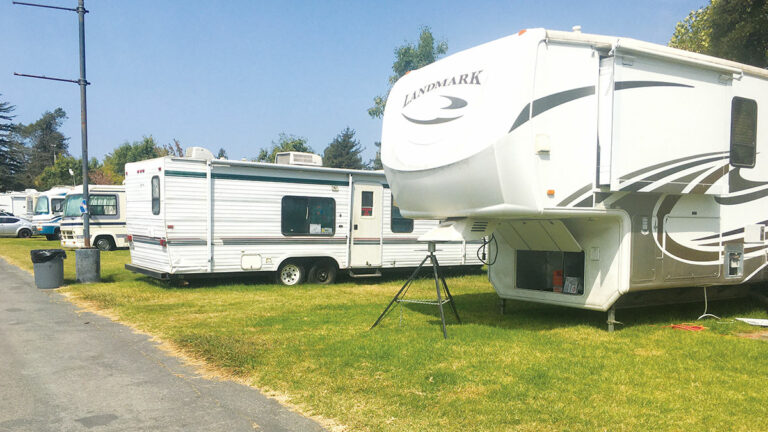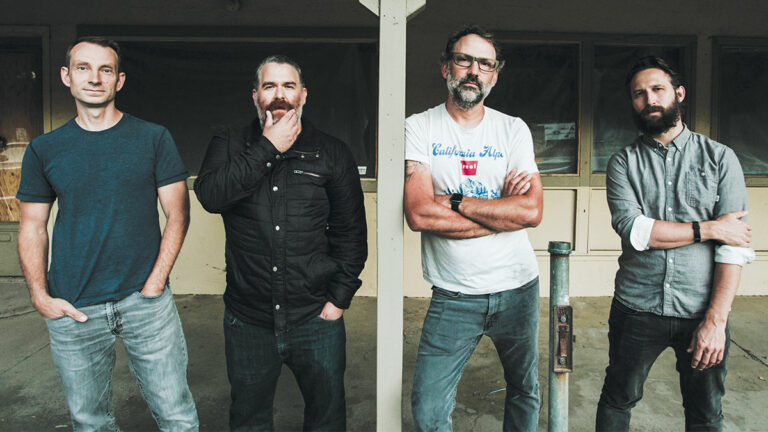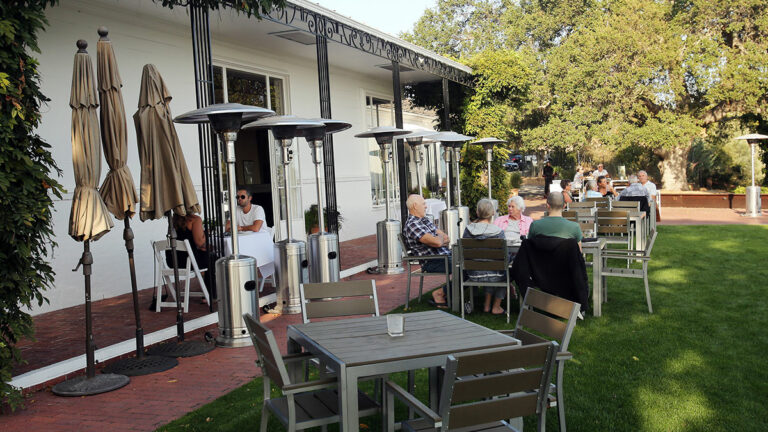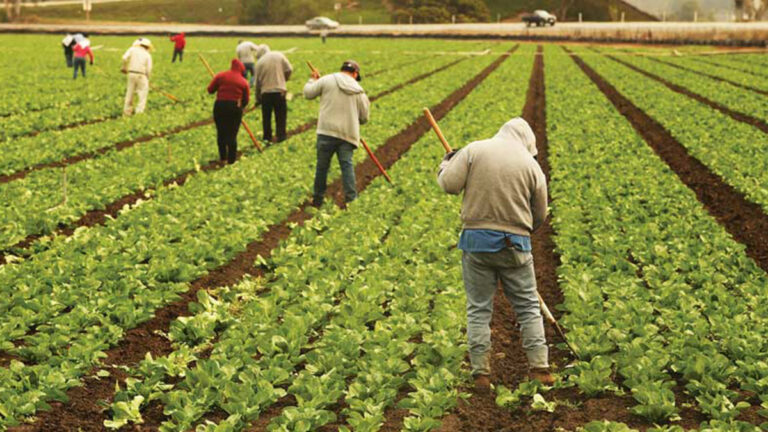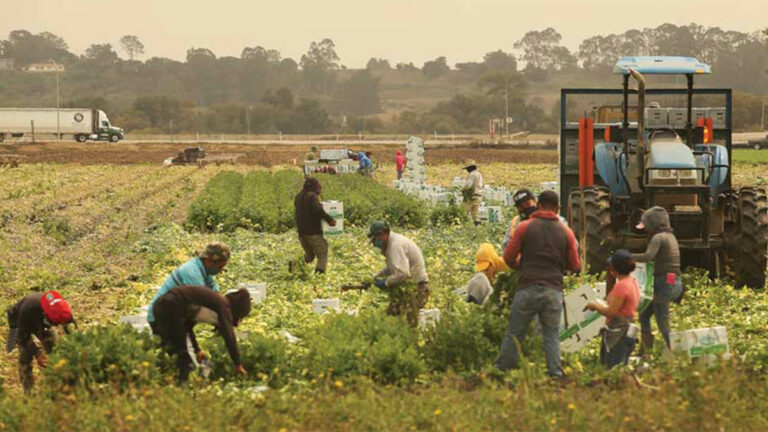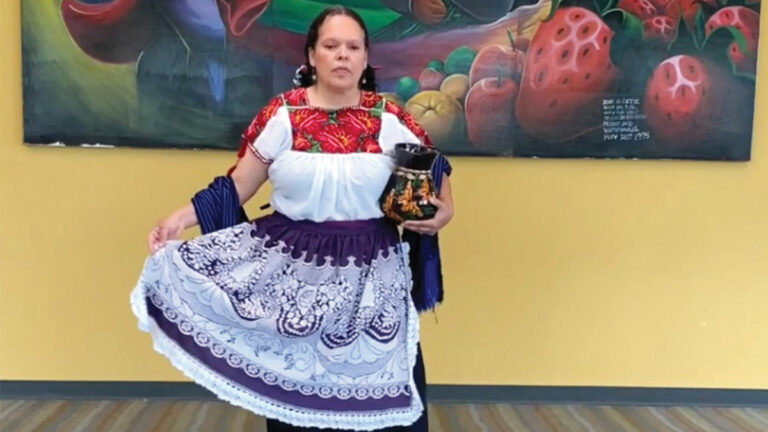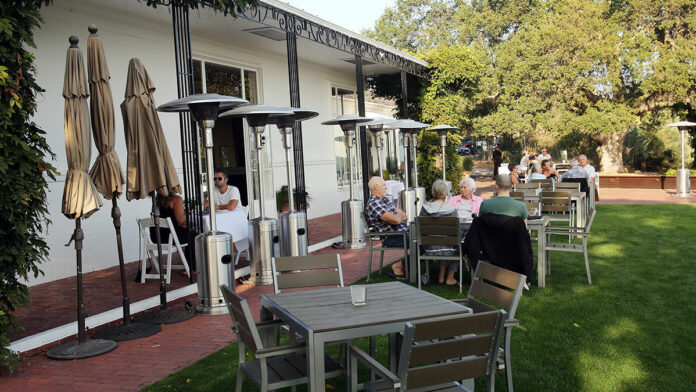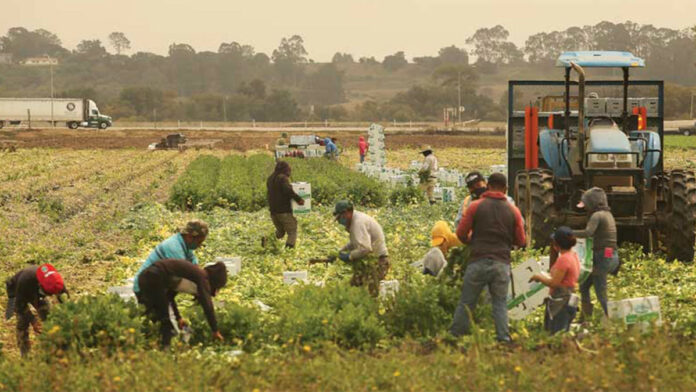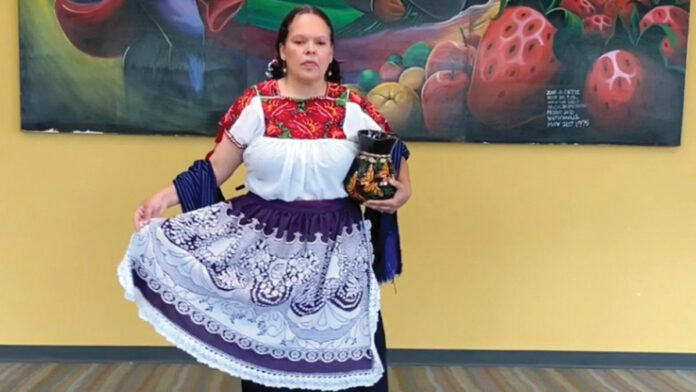[This is part four of a series about the health impacts of homelessness. Part five will run Oct. 7. – Editor]
After the Camp Fire destroyed her home and most of the town of Paradise in November of 2018, Renee Henderson remembers feeling like a dandelion tossed into the wind—she didn’t know where she was going to land, she says.
“I was homeless for a month until I bought a trailer,” recalls Henderson, who was working as a principal for Paradise’s Cedarwood Elementary, a half-hour northeast of Chico. “I was lucky because I had insurance, which paid rent for the trailer. A lot of people moved into tents in Chico. We still have people living in tents and trailers in Butte County.”
Henderson lived in that 36-foot-long trailer with two dogs and four cats for eight months, while she watched home prices and rents soar around her, due to the supply shock precipitated by the Camp Fire’s leveling of 14,000 homes. She ended up buying a home farther north, in Oroville, another Butte County town, where she now serves as a middle school principal.
In recent weeks, a different Butte County fire, called the North Complex, has been giving Henderson flashbacks of 2018 as it rips through the Sierra Nevada region where she lives now. The greater Chico area was already expensive. But this latest blaze has already displaced three families at her school, and she’s worried that the latest crisis may price those students and their parents out of a region that never fully recovered from the devastation that the Camp Fire wrought nearly two years ago.
“It creates a housing crisis in a town that can’t handle it,” she says.
The new fire adds a layer of tragedy to a familiar crisis. Just last week, for instance, Chico nonprofits modified an already-scheduled food and toiletry distribution at Kmart for Camp Fire survivors, who are still struggling, and expanded it to welcome in evacuees from the North Complex.
Locally, Santa Cruz County is reeling from the CZU Lightning Complex as it slowly lifts evacuation orders and contemplates its rebuild. The CZU fire in the Santa Cruz Mountains destroyed more than 900 homes, a fraction of the loss in Paradise—but still enough to make it the ninth-most-destructive fire in state history, as well as the county’s biggest natural disaster in three decades. As of Sunday, firefighting crews had contained 99% of the blaze, which is no longer growing in size.
Recent disasters from around California offer a cautionary tale about the affordability and humanitarian challenges that could lie ahead in the county. The damage can persist long after the smoke has cleared.
VAN THE FLAMES
One month after losing nearly everything he owned in the CZU fire, Rob wrenches on the rear door of a van he just spent the last of his money on, which he’s moving into. But even as he enters his second bout of homelessness in two years, Rob says he doesn’t identify as homeless.
“California’s my home. I live here,” he says, grimacing, as he sets down his wrench, slides his index finger into the door, pulls on the handle and finagles a broken lock that he’s trying to fix.
Rob, a freelance car mechanic who asked us to withhold his last name, has barely worked since the Covid-19 pandemic began in March. He moved to a rental in the Santa Cruz Mountains area of Bonny Doon just before the blaze started. Lately, he’s been staying at the Santa Cruz County Fairgrounds’ temporary shelter.
“People don’t realize that being homeless is not an evil thing. It’s a fact. It happens. You shouldn’t shun the homeless. You should help the homeless,” he says.
The same night that the CZU fire claimed Rob’s place, it also destroyed the Last Chance-area home of Holiday Smith, as well as those belonging to her friends and family, who left their backwoods region in a mad scramble on Aug. 18 as an inferno roared in and engulfed their neighborhood—all before Cal Fire sent out any evacuation warnings. Last week, Smith finally moved out of the evacuation center at the fairgrounds and into a trailer in Bonny Doon.
Smith, a teacher at Bonny Doon Elementary, and her neighbors are navigating the FEMA application process. Next, they’ll be waiting out mudslides and working with the Planning Department. They’ll have to sort through electrical-grid issues, sewage hookups and various permitting complexities—all of which Last Chancers hope that the Board of Supervisors will be ironing out soon. (Agenda materials for a recent board meeting on topics surrounding the rebuild stretched more than 400 pages.) County planners, residents say, had been well aware of Last Chance since its early days, more than 40 years ago, but took a don’t-ask-questions approach to even the most basic of the permitting details in Last Chance. Smith and her neighbors just want a chance to rebuild their community.
In the meantime, though, “we’re climate refugees,” she says.
LIKE A REFUGEE
Joey Crottogini, manager for the Homeless Person’s Health Project, worries about how the wildfires layered on top of the Covid-19 pandemic could exacerbate a crisis in a housing market that frequently ranks as one of the most expensive in the country.
Not only have the economic shutdowns created widespread job insecurity, but also, Crottogini has read stories about the rise of telecommuting prompting more high-earning Silicon Valley tech employees to buy homes farther from their workplaces, putting increased pressure on the housing market.
He has seen how tragedy displaces people. While Crottogini was working in homeless services in Alameda County a few years ago, he met refugees from various backgrounds around the world—Burma, Sudan, Nigeria, “all over,” he says.
On a more personal note, he saw how horrific 2017 wildfires reshaped his hometown of Santa Rosa, and did so in ways that were not always equitable.
“A lot of people have rebuilt in Santa Rosa. But there’s probably equally as many people who didn’t have as many resources that just flat-out said, ‘I’m moving out of state,’” he says.
Crottogini hopes the current crises lead governments to make it easier for developers to build housing, both locally and around the state.
As of Monday, Santa Cruz County spokesperson Jason Hoppin said there were 1,225 local evacuees staying in hotels via a FEMA-managed program designed to coordinate shelter for evacuees amid the Covid-19 pandemic. He added that there were 66 more guests staying at the fairgrounds and 64 staying at the Asilomar Conference Grounds through a separate state program.
This is in addition to the some 180 medically vulnerable homeless residents over the age of 65 who are staying in four hotels in Santa Cruz County through California’s Project Homekey, which aims to cut risks posed by the Covid-19 pandemic.
Hoppin tells GT via email that shelter programs for fire evacuees will continue “for the duration of the emergency.”
MOUNT OF SILENCE
Santa Cruz County Supervisor Ryan Coonerty—who represents the Last Chance, Swanton and Bonny Doon areas—knows many of his constituents are resilient and eager to rebuild.
The first step, however, is removing hazardous contaminants and debris from the burn zone before the rains come, he says. He’s also working on how to streamline the rebuilding process to make it as smooth as possible. He hopes the changes will provide a turning point for the county’s housing approval processes.
“My hope is that not only do we make it better for people who have lost their homes and are trying to rebuild, but that we also use it as a learning experience to explore how we improve our normal building processes and reduce unnecessary steps or burdens for all housing,” he says.
In the future, Coonerty is concerned that fires, floods and power shut-offs will only become more common in the Santa Cruz Mountains, given the growing specter of climate change.
In the near term, though, he says the county is providing displaced mountain residents a way to move back home or onto their neighbors’ properties in RVs, yurts and tiny homes. He notes that the county is allowing residents to stay in hotels past the typical 30-day limit.
“Before the fires, we were in a housing crisis, and we needed to build more housing to accommodate our existing community. Nothing about that has changed,” he says. “The fact that we have more need increases that. But the problem is that building is a multiyear process. And with the amount of damage done across the state and the economic crisis we’re in, it’s hard to get the financing and materials to build housing quickly. That’s why we’re looking at these more interim solutions.”
The USC Center for Health Journalism’s 2020 California Fellowship supported reporting for this series.


